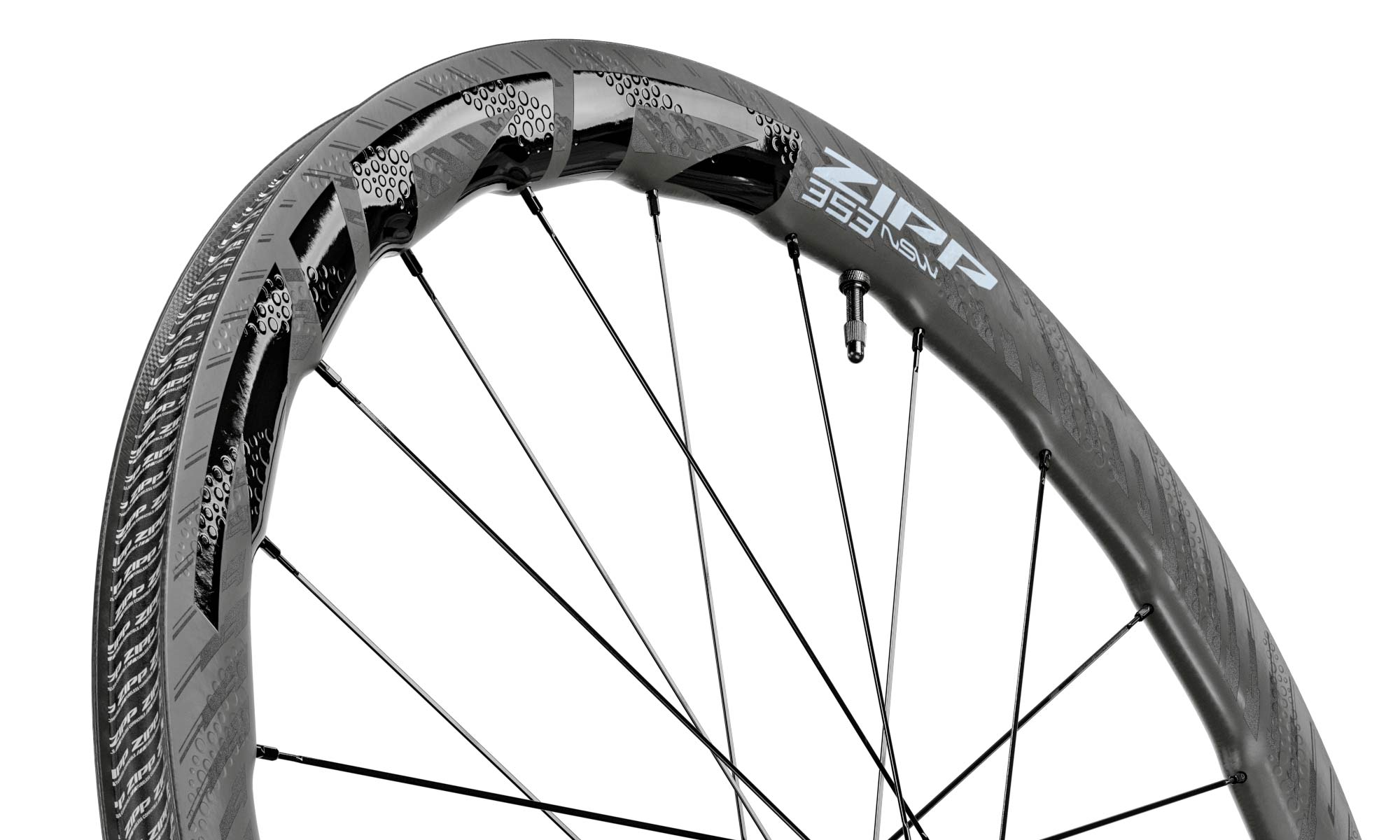Recently at the UAE Tour, Lotto Dstny rider Thomas De Gendt hit the deck. But unlike many run-of-the-mill crashes in pro cycling, De Gendt’s crash ignited a firestorm of media attention due to the cause. Well, due to the potential cause as no one can say for certain what caused the crash, but we do know that De Gendt was riding hookless rims and tubeless tires with a tire insert.
During the crash, the tire nearly came off the rim completely leaving the Vittoria tire liner flapping in the breeze. Since then there have been many questioning the compatibility of certain tires and hookless rims, including the Cyclistes Professionnels Associés whose president, Adam Hansen, has voiced the CPA’s concern over hookless rims in the Peloton.
As a refresher, hookless rims eliminate the small hook on the rim which in the past has served to lock the tire bead in place. Hookless rims instead rely on the shape of tubeless tire beads to hold the tire in place with friction against a straight side wall. The advantage is supposedly a lighter rim with a reduced chance of pinch flats and impact damage to the rim while allowing the tire to fill out a more rounded profile and run lower pressures for better grip.
From a manufacturing standpoint, hookless rims seem to be easier and less costly to manufacture, which hypothetically results in a more affordable product.
However, hookless rims have specific requirements for tire type, size, and pressure – with most hookless rims required to run below 72.5 PSI.
UCI Weighs In
If you’ve been following the drama, you knew this part was coming: the UCI is now investigating. Releasing a short statement today, it is clear that the UCI intends to quickly decide whether hookless rims have a place in the pro peloton.
In light of a series of recent incidents involving the use of hookless rims and tubeless tyres (a combination commonly referred to as hookless) in professional road cycling, the Union Cycliste Internationale (UCI) has decided to study the situation as a matter of urgency with a view to taking a rapid decision in the interest of rider safety.
These measures will be communicated as soon as possible.
The UCI shall continue to work closely with the stakeholders of cycling and equipment manufacturers to ensure that appropriate measures are taken both in the short and long term. This review and the decisions that will follow are part of the UCI’s policy to promote rider safety, one of its major concerns.
-UCI
